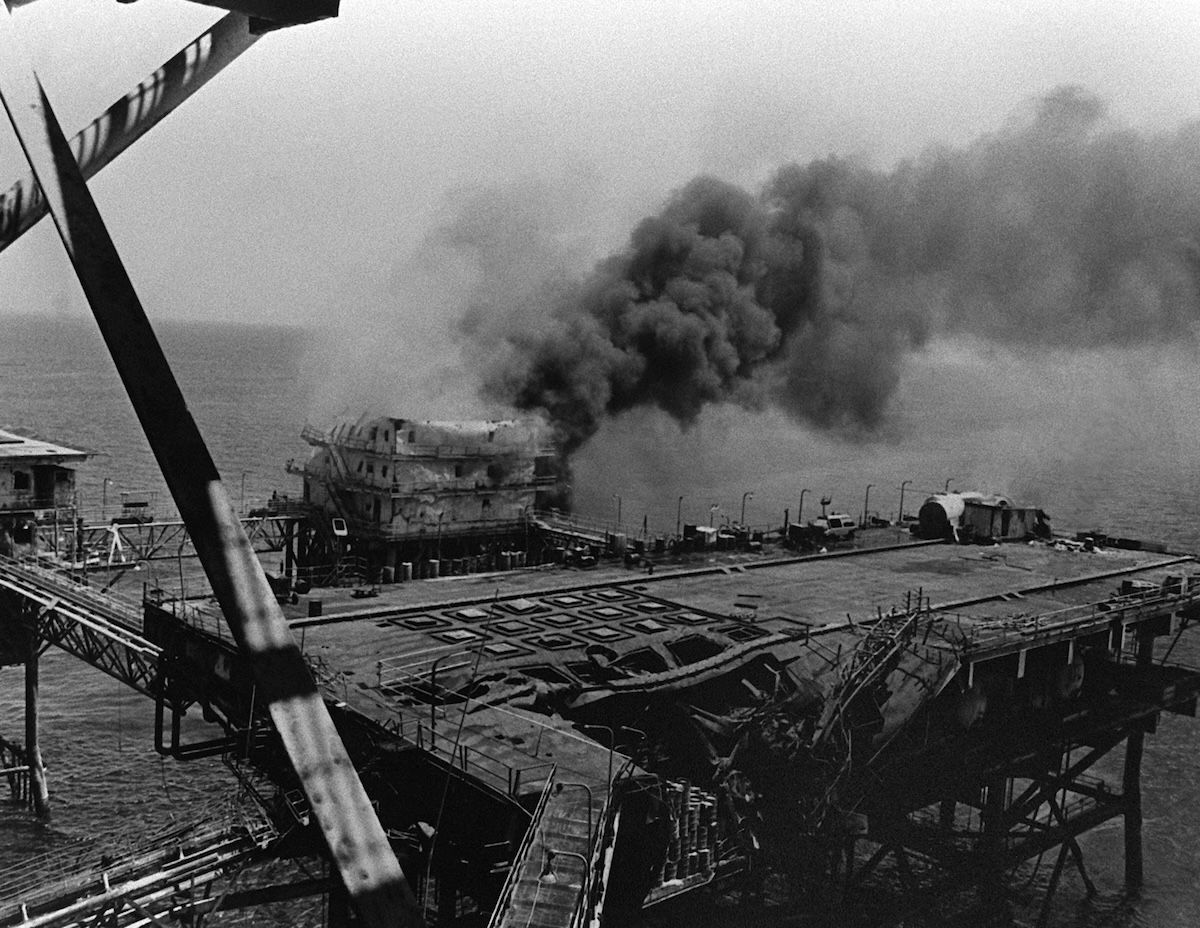Oil and Water: How Iran Lost the Tanker War
The Strait of Hormuz became a fraught passage in the Tanker War between Iran and Iraq. Nevertheless, the oil continued to flow.

The war between Iran and Iraq, which lasted for most of the 1980s, was one of the bloodiest conflicts of the late 20th century. Casualties on both sides numbered in the hundreds of thousands. At times the combat zones bore more than a passing resemblance to First World War battlefields, with opposing trench systems arrayed along miles of front, massed infantry attacks pushed forward over the top and chemical weapons an increasing method of both attack and defence. The Iran-Iraq conflict was in the main a large-scale ground war with naval operations a decidedly subordinate field of operations.
Nevertheless, it is the naval aspect of the war – in particular the decision by both sides to attack enemy merchant shipping – which most resonates today, as tensions between Iran and the United States once again begin to escalate.
